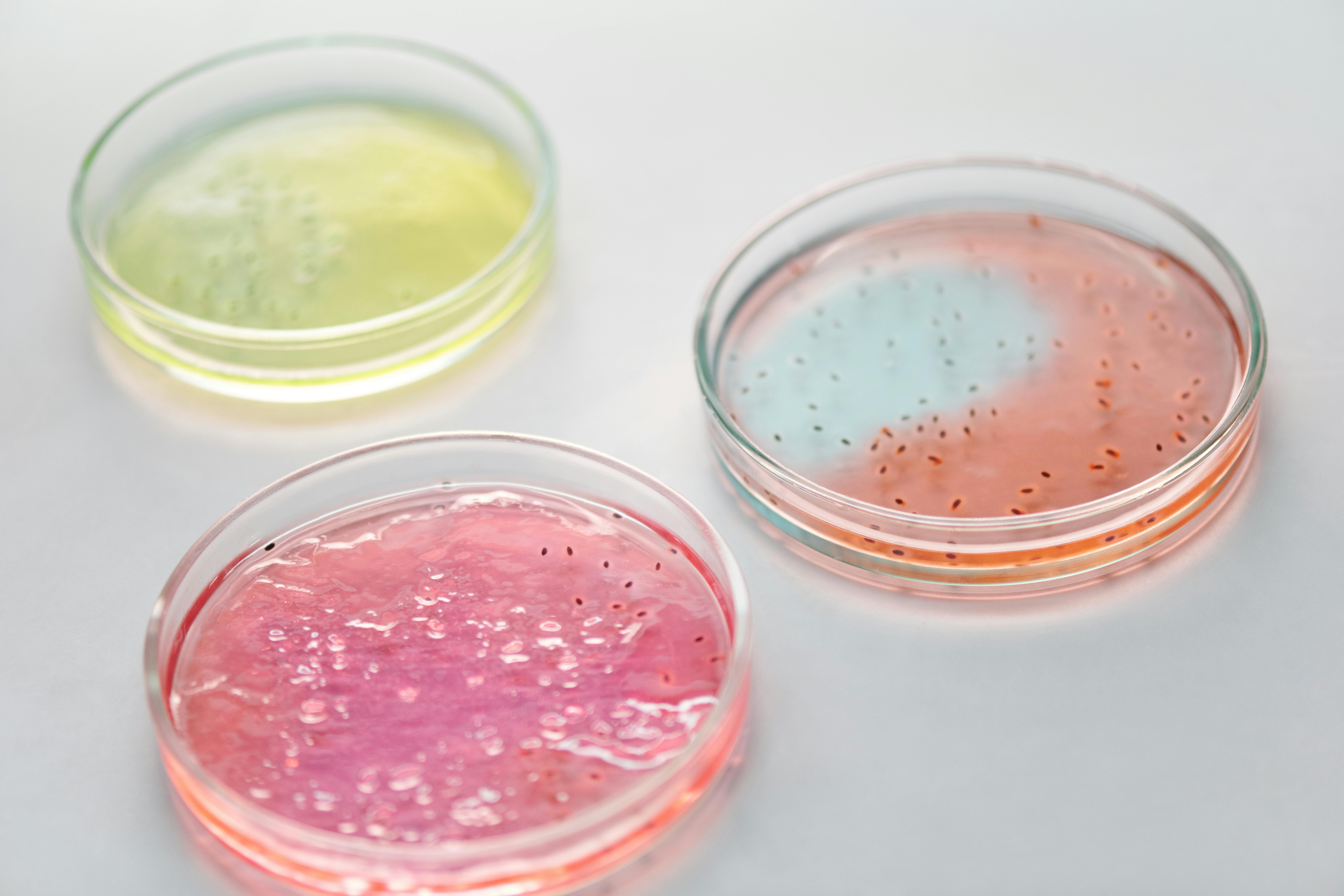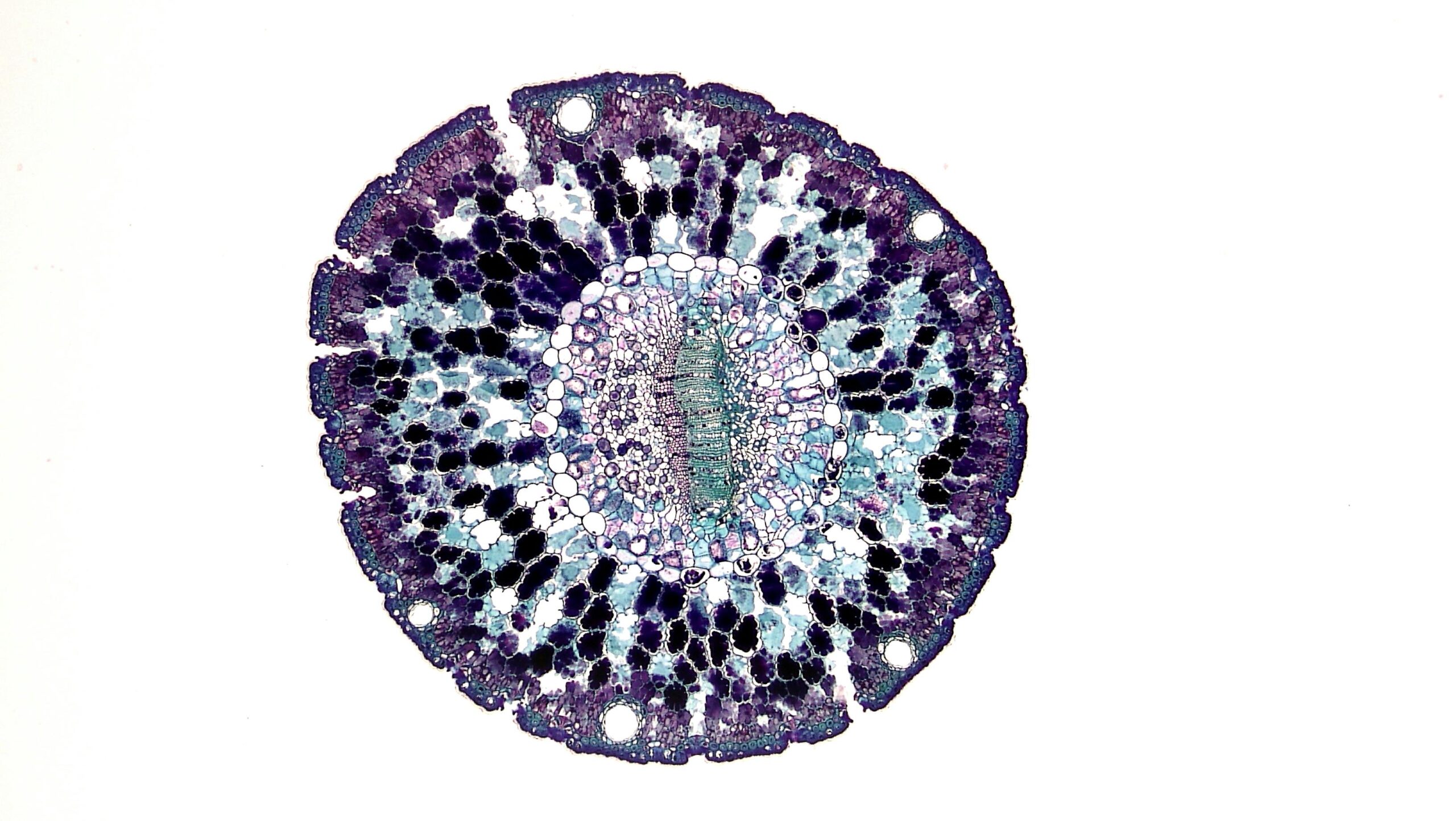What if the tiny world inside your gut holds a key to supercharging your body’s defenses? New research reveals a fascinating truth: the bacteria living in your intestines aren’t just helping you digest food; they’re actively training your immune system. Scientists have uncovered a remarkable communication pathway where a common byproduct from your gut microbes acts like a direct instruction to specific immune cells, telling them to extend “feelers” to better scout for threats. This discovery doesn’t just broaden our understanding of immunity; it could revolutionize how we approach vaccines and treatments for gut-related illnesses.
For a long time, we’ve known that the trillions of microbes making their home in our guts—our “gut microbiota”—are vital for health. They help us in many ways, from processing nutrients to influencing our mood. But exactly how these microscopic residents “talk” to our immune system has been a complex puzzle. Scientists suspected that tiny chemical messages, called metabolites, produced by these bacteria were key to this conversation. These metabolites are like biological signals that can be detected by special “antennas” on our cells, known as G protein-coupled receptors, or GPCRs. When a GPCR picks up the right signal, it can trigger a chain of events inside the cell, affecting everything from how cells grow to how they react to danger.
Unlocking a Hidden Dialogue
This recent study, conducted by researchers at Osaka University, shines a light on a previously unknown, yet crucial, interaction. The scientists focused on a particular GPCR called GPR31. They found that this “antenna” is especially abundant on a vital type of immune cell located in the lining of your small intestine: the type 1 conventional dendritic cell, or cDC1.
Dendritic cells are often called the “sentinels” of the immune system. They’re like scouts, constantly patrolling tissues for signs of trouble, such as invading bacteria or viruses. Once they spot a threat, they “present” pieces of it (known as antigens) to other immune cells, particularly T cells, which then launch a precise attack. It’s a critical first step in building a strong immune response. A significant finding of this study is that pyruvate, a simple molecule made by your gut bacteria, directly activates GPR31 on these cDC1s. When GPR31 gets activated by pyruvate, something extraordinary happens: these cDC1s extend tiny, finger-like projections, like microscopic arms, across the protective lining of your gut. These extensions are called transepithelial dendrites (TEDs).
Consider your gut lining as a protective wall. Normally, immune cells are on one side, and the trillions of gut microbes and their messages are on the other. But with these TEDs, the cDC1s can literally reach through the “wall,” allowing them to sample and gather information from the gut’s inner space—where food and microbes reside—without fully breaking through the barrier. This improved “sampling” means these immune cells can more efficiently pick up foreign invaders or even beneficial dietary compounds, process them, and then alert the rest of the immune system. In essence, your gut bacteria are directly helping your immune cells become more vigilant and effective at their job.
Pioneering Research Methods
To uncover this secret of the gut, the researchers used a series of advanced techniques. Their investigation began by meticulously examining human intestinal immune cells. They employed a cutting-edge method called single-cell RNA sequencing (scRNA-seq) on individual immune cells taken from the healthy lining of the human ileum—a part of the small intestine. This initial deep dive into over 10,000 individual immune cells allowed them to precisely map which genes were active in each cell type. This is how they determined that GPR31 was predominantly found on cDC1s, especially in the small intestine.
After identifying GPR31’s specific location, the team dug deeper. They conducted experiments in the lab using isolated human cDC1s. They stimulated these cells with various bacterial metabolites, including pyruvate, to see how the cells would react. They observed that stimulating the cells with pyruvate significantly increased the number of cDC1s that extended dendrites. To confirm GPR31’s vital role, they used a technique called siRNA knockdown, which temporarily reduces the activity of a specific gene. When GPR31’s activity was reduced, the pyruvate-driven dendrite extension stopped, confirming GPR31’s essential part in the process.
A particularly clever part of this study involved using human induced pluripotent stem cells (iPSCs). These are like “master cells” that can be reprogrammed from adult cells and then guided to become almost any cell type—in this case, human cDC1s. This allowed the researchers to create a controlled system where they could introduce GPR31 into iPSCs and then grow them into cDC1s. By stimulating these iPSC-derived cDC1s with pyruvate, they could clearly see the precise changes, specifically the dramatic increase in dendrite extension, further solidifying the connection between pyruvate, GPR31, and dendrite formation. They even developed a sophisticated miniature human gut system, called a gut organoid coculture system, grown in a lab. This system allowed them to observe how these cells behave in a more natural, three-dimensional environment, confirming that cDC1s extend their dendrites towards pyruvate, effectively forming these crucial transepithelial dendrites.
Boosting Immunity and Future Vaccines
The implications of these findings are profound for our understanding of gut health and immunity. The fact that a common bacterial byproduct like pyruvate can directly activate such a vital function in immune cells points to a sophisticated and ongoing dialogue between our gut microbes and our immune system. This interaction isn’t just about fighting off harmful bacteria; it’s about maintaining overall gut balance and health.
The enhanced ability of cDC1s to sample antigens through TED formation means more efficient immune surveillance in the gut. This could be incredibly important for protecting us against intestinal infections, as these “scout” cells would be better equipped to detect and respond to invaders early. Furthermore, the researchers propose that these findings could lead to new medical applications, such as improving the effectiveness of mucosal vaccines. These vaccines are designed to create an immune response directly where infections often begin, like in the gut. By understanding how to fine-tune the immune system through this pyruvate-GPR31 connection, we might be able to design vaccines that trigger an even stronger and more protective immune response precisely where it’s most needed.
This research paves the way for exploring new treatment strategies for digestive and immune-related diseases. If we can manipulate this specific pathway—the pyruvate-GPR31 axis—we might be able to strengthen immunity in individuals with weakened gut health or develop new ways to prevent recurring infections. The study underscores the incredible power of our gut microbiome and the subtle yet potent ways it influences our biology. It’s a compelling reminder that the microscopic world within us is constantly working to keep us healthy, and by learning its language, we gain powerful new tools to support our well-being.
Paper Summary
Methodology
The study utilized single-cell RNA sequencing (scRNA-seq) on human intestinal mononuclear phagocytes (MNPs) from four ileum samples to identify cell type-specific GPCRs. In vitro experiments with human intestinal cDC1s tested the effect of bacterial metabolites like pyruvate on dendrite elongation, confirming GPR31’s role via siRNA knockdown. Furthermore, human induced pluripotent stem cell (iPSC)-derived cDC1s were used in a human gut organoid coculture system to observe transepithelial dendrite (TED) formation towards pyruvate and its impact on antigen uptake.
Results
The research identified GPR31 as specifically expressed on cDC1s in the human intestinal lamina propria. Activation of GPR31 by the gut bacterial metabolite pyruvate promoted the extension of transepithelial dendrites (TEDs) from cDC1s. This process enhanced the cDC1s’ ability to efficiently take up gut luminal antigens. The findings indicate that the pyruvate-GPR31 axis is crucial for tuning the gut immune system’s response to metabolic cues and for immune surveillance.
Limitations
The study’s initial human MNP analysis used a small sample size (n=4). While iPSC-derived cells and organoid systems provided insights, they are in vitro models and may not fully replicate complex human physiology. The primary focus was on the small intestine, and detailed mechanisms in other organs were not extensively explored.
Funding/Disclosures
The authors declared no competing interests. The article is distributed under the Creative Commons Attribution-NonCommercial-NoDerivatives License 4.0 (CC BY-NC-ND).
Publication Information
Title: The pyruvate–GPR31 axis promotes transepithelial dendrite formation in human intestinal dendritic cells Authors: Eri Oguro-Igashira et al. Journal: PNAS (Proceedings of the National Academy of Sciences) Volume & Issue: Vol. 121 No. 44 DOI: https://doi.org/10.1073/pnas.2318767121 Publication Date: October 21, 2024












